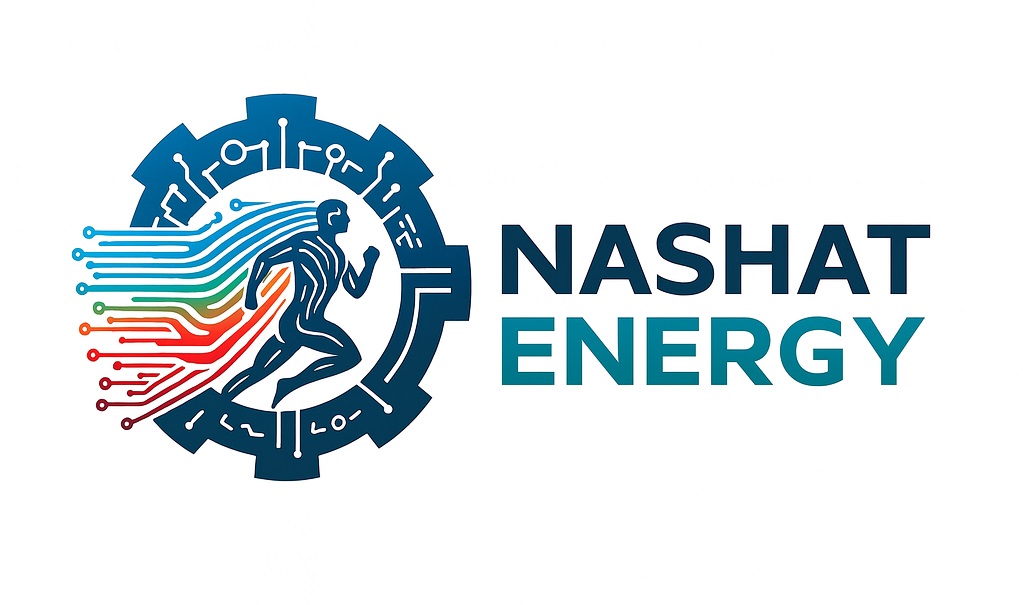

Driving Efficiency with Smart Energy Audit, Monitoring, and Controls. P.O.Box 20898 Al Qusais Dubai, UAE
You’ve invested in upgrades — solar panels, smart lighting, advanced HVAC controls — yet the energy bills keep climbing.
This is a challenge many UAE businesses face, especially during peak summer months. The truth is, one-off energy projects no longer deliver lasting savings.
Real impact comes from a unified energy efficiency strategy — one that connects technology, data, and business goals into a measurable roadmap for performance, cost reduction, and sustainability.
In this post, we’ll show how your business can build that strategy using real-time monitoring, predictive maintenance, and KPI-based planning to achieve sustained efficiency and growth.
Many companies across the UAE and GCC have adopted solar, LED lighting, or automation systems.
But without a clear strategy, these efforts remain scattered. An energy strategy aligns all initiatives with your company’s broader goals — from lowering operating costs to achieving sustainability targets and meeting regulatory standards.
The UAE government’s own Net Zero 2050 initiative and Energy Strategy 2050 highlight this approach — promoting integrated, data-driven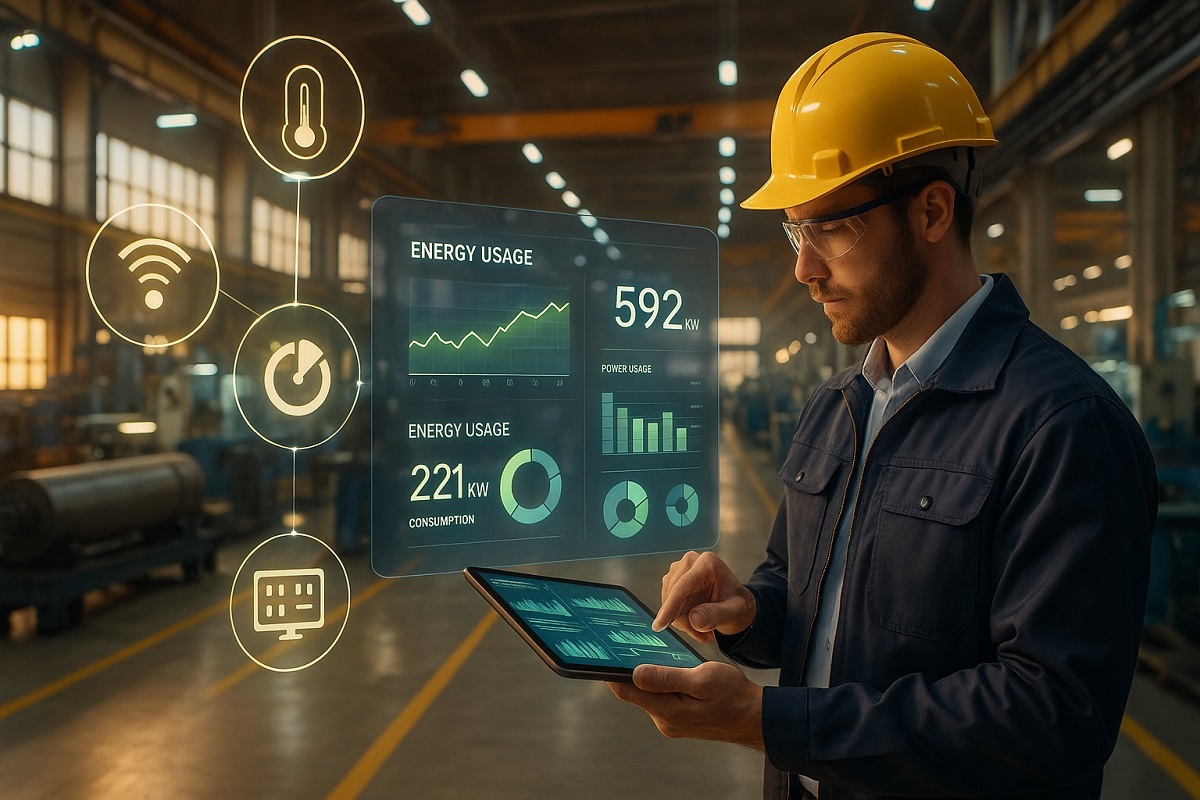 energy management across industries. Forward-looking businesses are doing the same.
energy management across industries. Forward-looking businesses are doing the same.
Implement IoT-enabled sensors and smart meters to collect real-time energy data.
Visibility drives accountability — you can’t manage what you can’t measure.
Conduct audits annually or bi-annually to uncover hidden inefficiencies. Use findings to update your roadmap and refine KPIs.
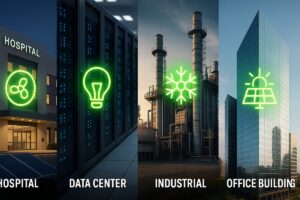
Track performance metrics such as:
These KPIs allow you to measure success and demonstrate ROI internally or to stakeholders.
Use predictive analytics to anticipate equipment issues before they waste energy or cause downtime.
 For example, servicing a chiller based on efficiency trends — not fixed dates — ensures maximum uptime and efficiency.
For example, servicing a chiller based on efficiency trends — not fixed dates — ensures maximum uptime and efficiency.Schedule quarterly reviews of energy reports to assess KPI performance.
If targets are missed, reallocate budgets or invest in new technologies to close the gap.
Each industry faces unique operational challenges:
| Sector | Priority Focus |
|---|---|
| Healthcare | Backup power reliability, HVAC optimization for patient comfort |
| Data Centers | Load balancing, cooling redundancy, uptime reliability |
| Industrial/Manufacturing | Waste heat recovery, predictive maintenance to prevent downtime |
| Commercial Real Estate | Smart building automation balancing comfort and energy cost |
Whether you manage a factory, hotel, or corporate building, a customized strategy ensures maximum return from every dirham spent on energy.
Predictive maintenance uses real-time sensor data to detect anomalies — allowing teams to act before performance declines.
Combined with KPI-based Preventive Maintenance (PPM), you can prioritize service for underperforming assets, such as chillers or compressors showing declining efficiency.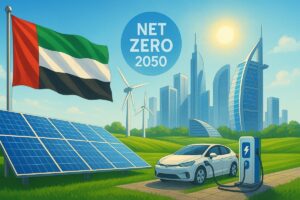
This proactive approach:
An energy efficiency strategy doesn’t just reduce bills — it strengthens ESG performance.
By tracking energy and carbon KPIs, your business contributes to the UAE’s Net Zero 2050 goals and positions itself for future compliance with green building standards.
For organizations pursuing LEED, ASHRAE, RSB, Dubai Smart Buildings Policy, Estidama, or ISO 50001, a documented energy strategy provides a measurable framework to meet those benchmarks.
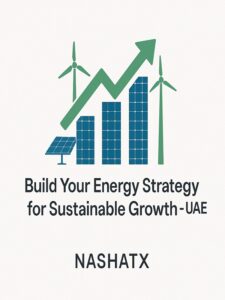
With a unified energy strategy, UAE companies typically achieve:
For instance, one regional manufacturing client saw a 15% YoY reduction in energy expenses after implementing data-driven predictive maintenance and KPI-led optimization.
Energy efficiency isn’t a one-time fix — it’s a business advantage that compounds over time.
Start with a strategy workshop to map your savings potential and design a tailored roadmap for your organization.
📞 Schedule your consultation today — our experts will help you:
→ Book Your Free Strategy Consultation
With Nashat Energy as your ESCO partner, you’ll unlock long-term savings, operational resilience, and a stronger sustainability profile — built for the UAE’s future.
